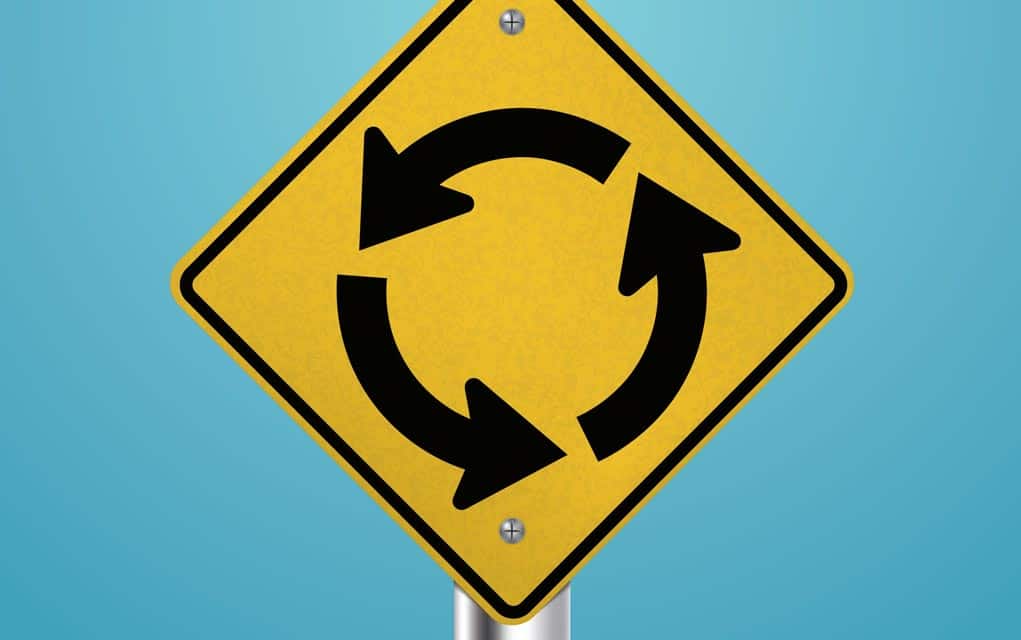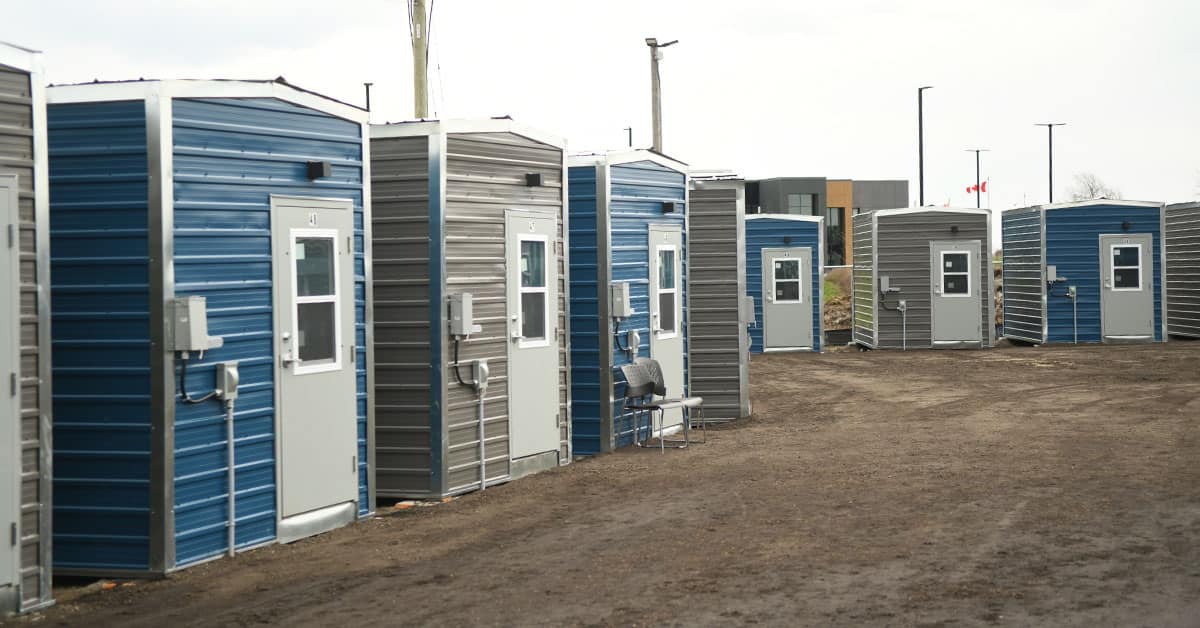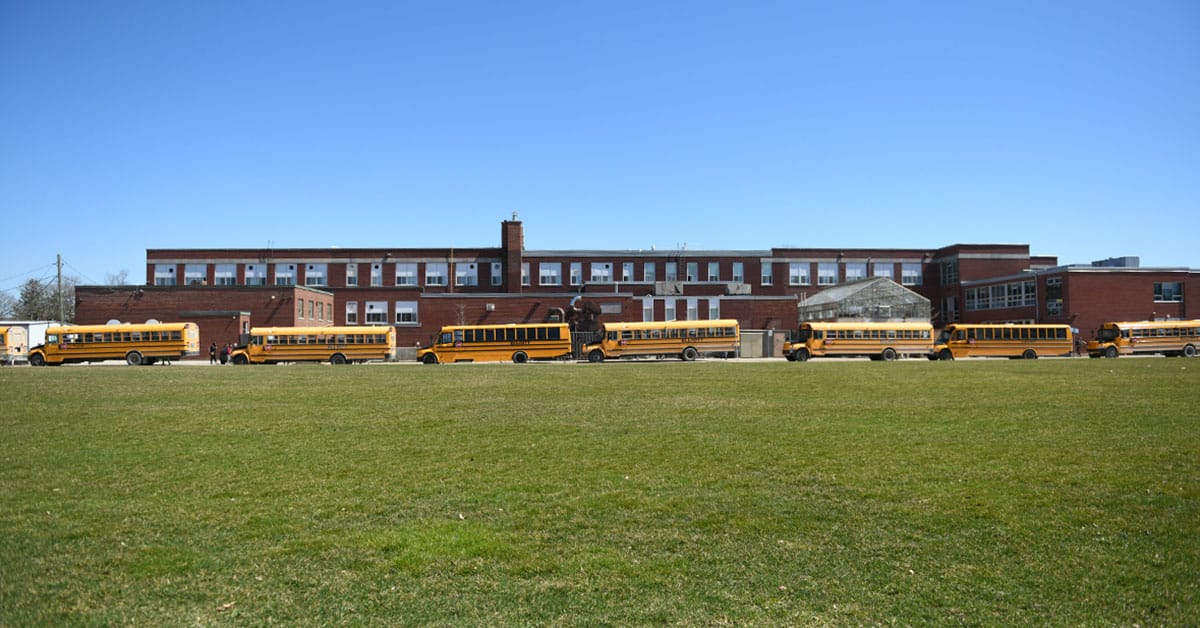Two more roundabouts are planned for Woolwich Township in the near future. One at Floradale Road and Line 86 west of Elmira, and the other at Sawmill and Ebycrest roads near Bloomingdale.
Regional council approved the Floradale Road roundabout in 2021, and work is scheduled for this summer. The roundabout on Sawmill Road was approved by regional council in 2022 and construction is planned for next year.
Last week, regional council approved lower speed limits for new roundabouts, dropping them to 60 km/h from 80 km/h.
“Based on research, the general consensus is that [roundabouts are] safer in terms of reducing fatalities,” said Liping Fu, a professor in the department of civil and environmental engineering at the University of Waterloo and director of the Innovative Transportation System Solutions Lab.
“At roundabouts, the idea is to convert every other movement into merging and diverging, which has eliminated this certain type of conflict like right angle or head-on conflicts, which are usually associated or could lead to failure and fatalities,” he said.
The two new circles in Woolwich Township will be single-lane roundabouts, with landscaping in the middle. Pedestrian crossings with medians in between the lanes and reduced speed limits in the area surrounding the roundabouts will be included as safety features.
Steve van de Keere, the director of transportation for the Region of Waterloo, says the two new roundabouts in Woolwich Township will be similar to the roundabout at Ament Line and Herrgott Road. Temporary signals were installed at these intersections in 2018 as interim measures.
Van de Keere says for these intersections, roundabouts were preferred over more permanent signalization by region staff because of construction costs and safety.
Staff assess every intersection in the region each year, he noted. They look at safety indicators like number and severity of accidents, effectiveness of the intersection, paying attention to the length of waiting times to see how the intersection is processing cars. They also investigate complaints or concerns about specific intersections. Ultimately, staff are looking for problem locations.
While he acknowledges that drivers are inconsistent at roundabouts, he notes “drivers are very inconsistent how they drive everywhere. The last time we checked, they weren’t doing such a great job of traffic signals either.”
He says the collisions tend to be much more serious at signalized intersections.
The correct way to drive, walk or cycle through a roundabout can be found at the region’s website under the “living here” tab. Pedestrians have the right of way, and drivers must yield to them when entering or exiting.
To turn right in a roundabout, drivers must use the outer, or right lane. To go straight through a roundabout, drivers may use the left or right lanes, but must exit the roundabout in the lane they start in – they cannot pass in a roundabout. To turn left in a roundabout, drivers must enter into the left lane, travel this lane around the roundabout and exit directly from the lane.
Drivers must signal the direction they are intending to travel in a roundabout. That means, they signal left to go left, signal right to go right, and do not signal if they are going straight through. However, drivers must signal right whenever they are exiting a roundabout to show they are exiting.
Fu and van de Keere both say it is generally agreed in the industry that roundabouts reduce fatal and serious accidents by about 80 to 90 per cent, with van de Keere noting this is generally what has been experienced in the region.
Depending on size, a roundabout can process upwards of 50,000 vehicles in a day.
Fu notes that the bigger roundabouts are built, the more stressful they become for drivers, adding that the more lanes, the more complicated they become. However, if wait times become too big at a roundabouts, this is also an issue. Drivers start to take risks if they have to wait too long.
In van de Keere’s eyes, roundabouts are a tool in the region’s toolbox when it comes to managing traffic flow. He says region staff make decisions for each intersection based on its individual needs, adding that if people feel uncomfortable at roundabouts, it means they will be more cautious, which reduces accidents as well.









